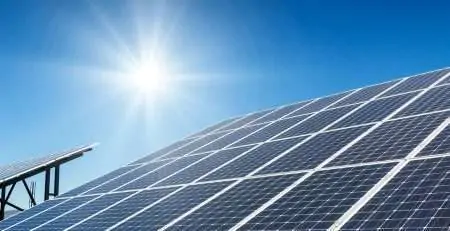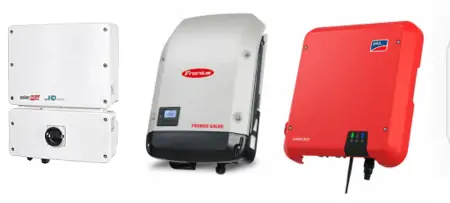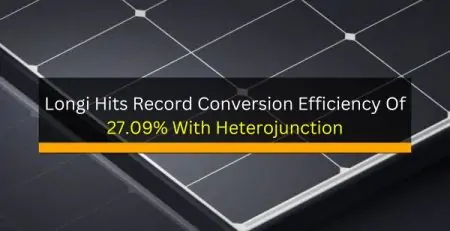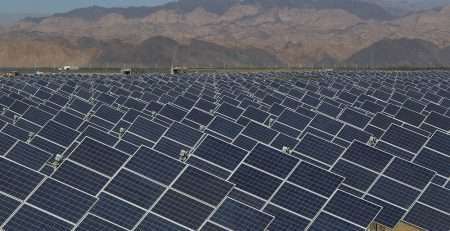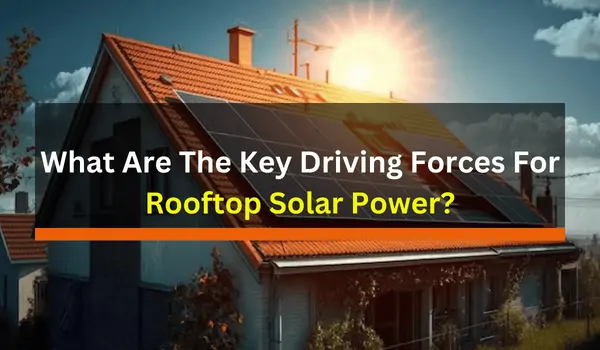
What Are The Key Driving Forces For Rooftop Solar Power?
powernsun2023-11-14T18:22:33+04:00The global rooftop solar PV market will expand by approximately USD 398.3 billion by 2030. The emerging growth anticipated rate is at a CAGR of 16.66% from 2022 to 2030. Nearly 20% of households have rooftop installations. Despite the peak in installations, still there are some complexities in achieving the most from the rooftops. So, what accelerates the growth of rooftops? Let us dig into the key driving forces for rooftop solar installations.
Global Rooftop Solar Photovoltaic Market
Finally, countries across the world are catching up on rooftop installations as a reliable source for reaping the cleanest and greenest solar energy. The predicted rate of installations has almost doubled in recent years. With the global market shifting to clean and renewable energy, and owing to the impact of climate change, there is a need for sustainable energy. Empty roofs of buildings are the best and easiest way to switch to solar energy.

The empty roofs of the building are the wisest way to achieve solar power and become independent in energy generation. Installing rooftop panels on the empty roof surface of the buildings is quite good to be utilized for power generation. This kind of setup is rapidly increasing in adoption due to its significant role in helping distribution companies reduce demand during peak times. In addition, they are also helpful in dealing with the losses related to transmission and distribution of power consumption.
What Are Rooftop Solar Power Systems?
Thanks to their convenience and positive impacts on the global environment, rooftop solar systems are widely recognized among businesses and homeowners.
A rooftop solar power system is a photovoltaic (PV) system that has an array of solar panels mounted on the roof of buildings and is helpful in generating electricity. Typically, a solar power system comprises solar modules, mounting systems, solar inverters, cables, and other solar accessories.

Key Forces That Drive The Growth Of Rooftop Solar Power Systems
Besides the common goals of building a green and cleaner world, there are some crucial factors that accelerate the growth of rooftop solar power systems across the world. Let us dive into those aspects.
Energy crisis
We could witness substantial adoption of rooftop solar systems across the nation. With most countries facing energy crisis issues, solar power is shedding its light on solar power, especially, rooftop solar systems. The major issues that arise from the energy crisis leave excellent opportunities to adopt solar power. People around the world are rushing to install solar panels on their rooftops.
In response to the energy demands and inefficiency to meet conventional energy supply, Governments are also encouraging solar panels to be installed on rooftops. Rooftop solar is significant in helping people all over the world to meet their energy demands.
Unreliable Grid Power Supply
Rooftop solar setups can be installed more quickly, compared with any other electricity-generating source. This enables citizens to address the issues faced with unreliable grid power supply. Improved reliability of power supply fuels the growth of rooftop solar systems. In fact, it serves as the prominent reason for a large percentage of rooftop solar installations across the globe.
The dependability of electricity generation can be dramatically increased with the help of rooftop solar production. For a stable and reliable grid supply, solar energy is certainly a key force. By installing panels on the rooftop, we can considerably reduce the dependency on the grid power supply and reduce the chances of blackout days. Once you switch to solar, you automatically decrease your dependency on the traditional grids, and going energy-independent is the safest bet in the long run.
Upfront Capital Costs
You will be amazed when you know about the financial savings that come with a rooftop solar system. Indeed, investment in solar is good and this drives the growth of solar systems on the roofs. Despite the fact that the initial installation cost of setting up a solar system appears to be a little high, you can still avail the subsidies and government schemes and reduce the upfront capital costs of installing the panels.
The rooftop solar systems are a long-term investment, spanning around 25 years or more, yet, they have very minimal or no maintenance costs. However, you can see an immediate decline in your electricity bills. The net metering policy and other policies endorsed by the governments are undoubtedly the motivating elements to go solar.
Upfront Capital Costs
There is a lot of bad news regarding the price of conventional energy supply. The rising cost of fossil fuels and other traditional sources of energy pave the way for increased energy prices. The good news is installing solar panels will benefit the user from the growing energy prices. The declining cost of going solar and protection from conventional energy prices hastened the growth of rooftop solar installations.
Prices of sources of traditional energy generation have been increasing on an increasing trajectory since the last decade. The rooftop solar system is one of the modern and cost-effective ways to save and stay protected from soaring energy prices.
Rooftop PV systems are moving toward the potential of countries all over the world to meet nearly half of their electricity generation. Exclusive benefits of energy independence, tackling the unreliability of grid supply, and financial savings in the long term serve as the key driving forces behind every rooftop solar installation.

